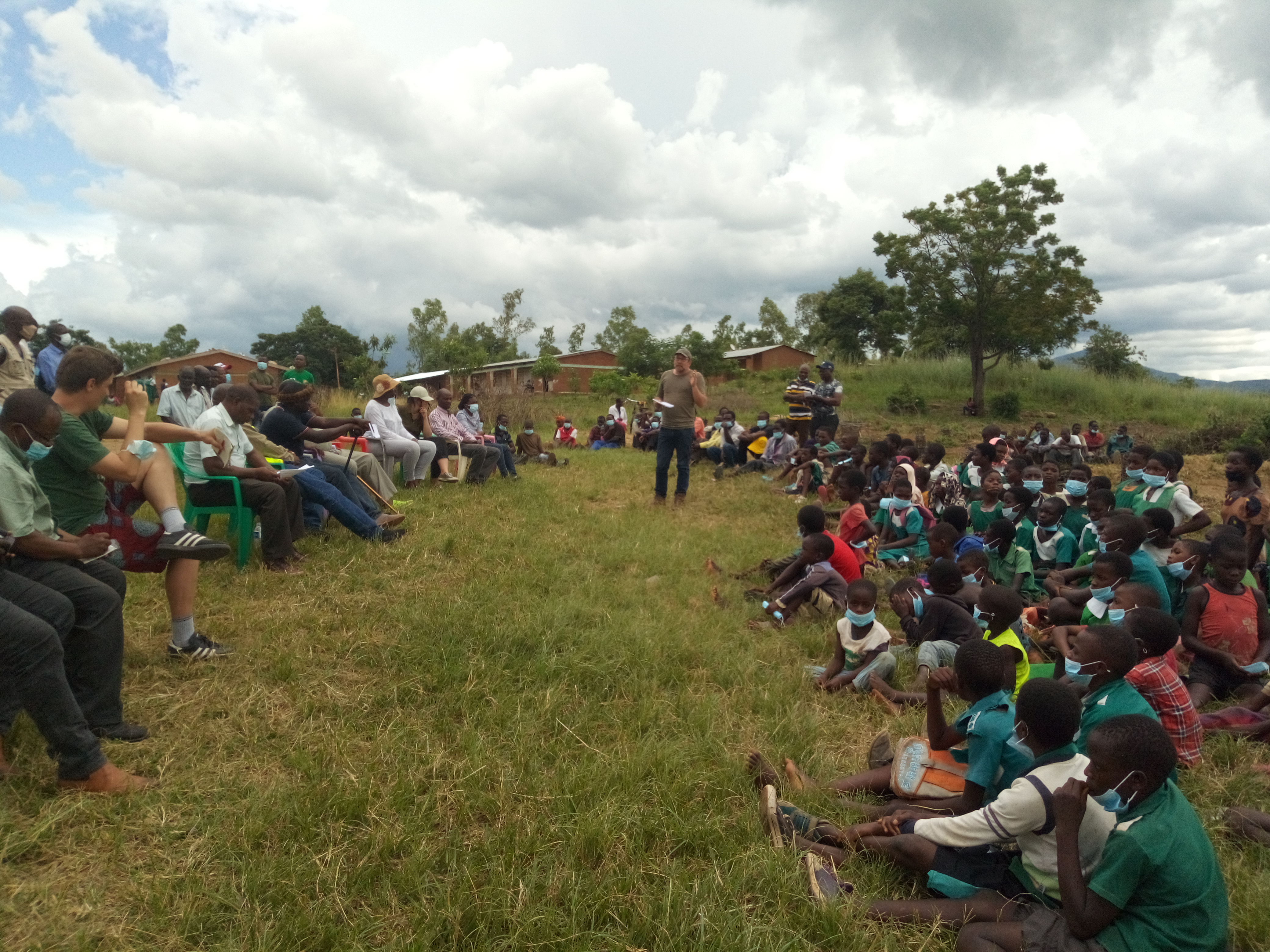Integrated forest management
Integrated forest management as a local development strategy allows articulating different perceptions in a joint vision to achieve sustainable development. This is a State policy that has been implemented since 2009 and has established important advances such as the regulation of land use and availability.
To this end, the protected area plays a fundamental role in integrating actions from the local level that are then integrated into the national policy and possibly into the regional conservation vision.
- Territorial management policies are carried out by each of the local actors, which establishes an organization of functions and activities at different scales.
- Communities comply with the mandate and potential land use and maintain a stable natural structure.
Integrated forest management requires an approach that makes visible the multiple perspectives that the context demands. For this reason, it is important to have transdisciplinary teams to achieve a joint vision of development.
In addition, the active participation of institutions that invest resources, such as ACEAA and WWF, is required.
